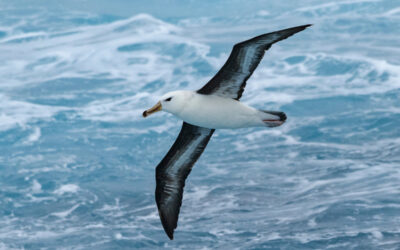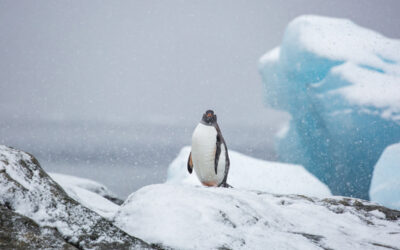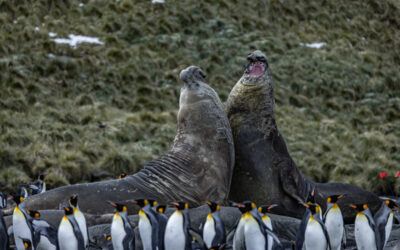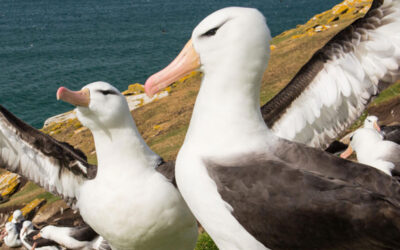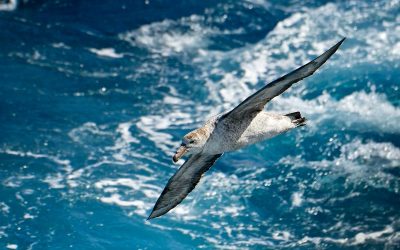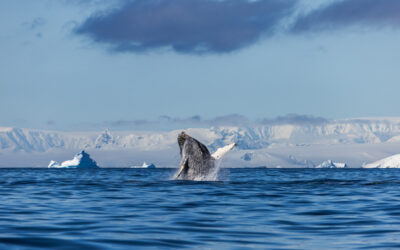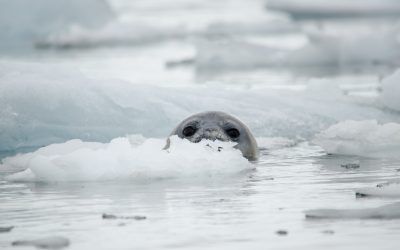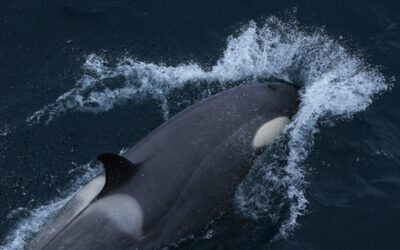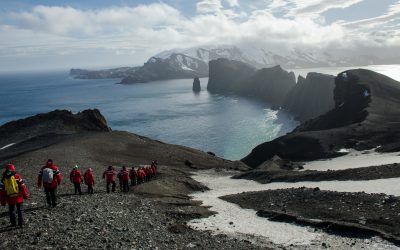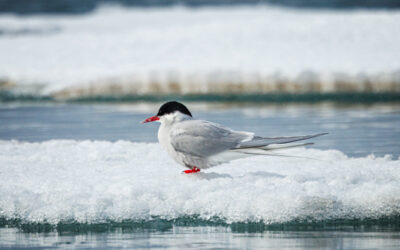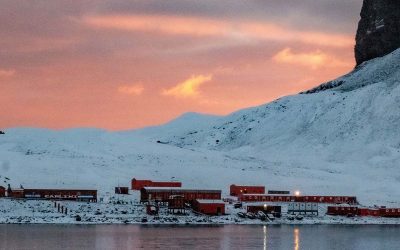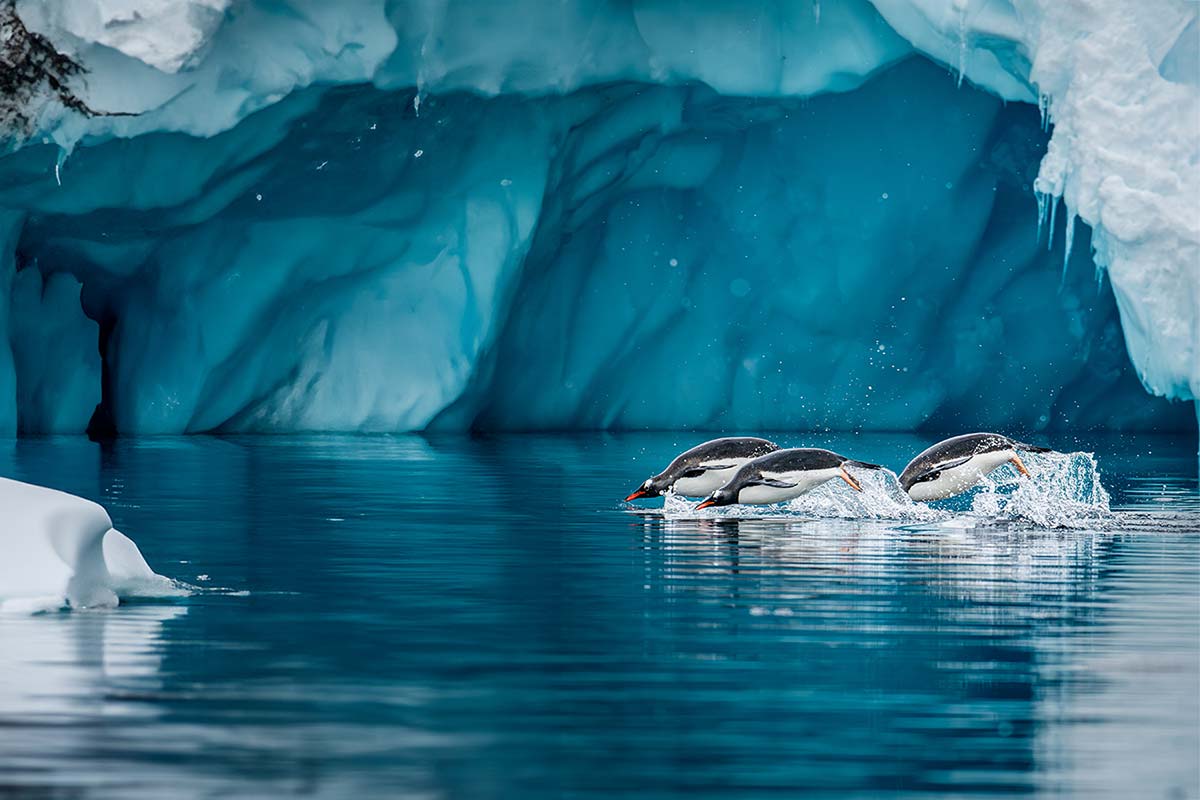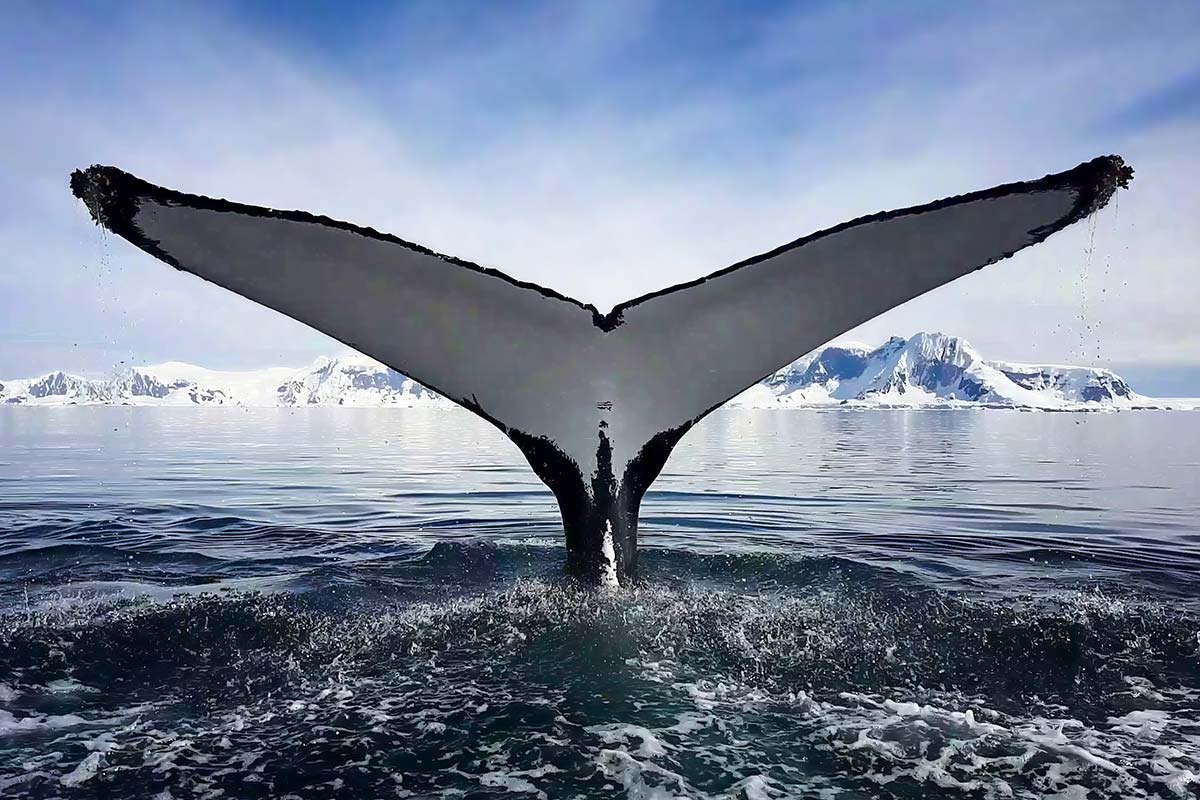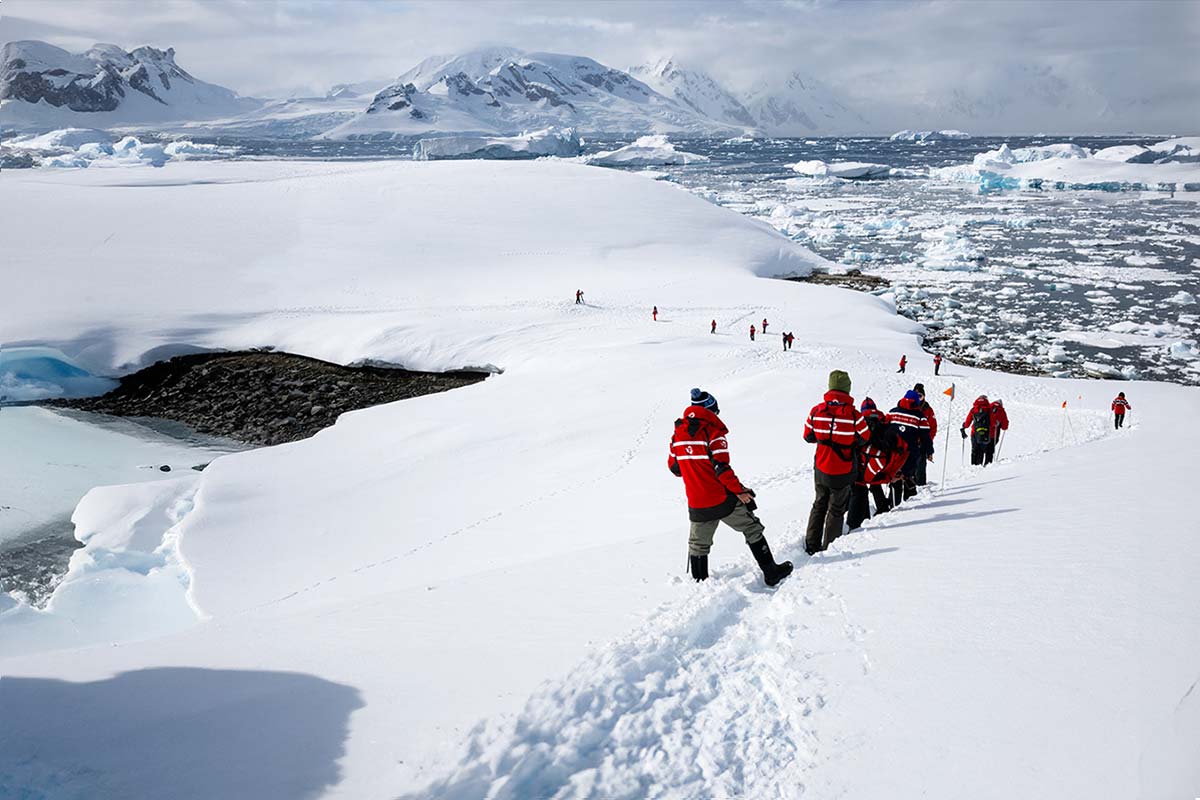South Shetland Islands
A Diverse Geography Sculpted by Nature
The South Shetland Islands are a remote archipelago located about 120 kilometers (75 miles) north of the Antarctic Peninsula. These islands, although often overshadowed by the Antarctic Peninsula itself, have a geography that is both rugged and diverse, shaped by glaciers, volcanic activity, and the brutal Southern Ocean. Spread over roughly 3,687 square kilometers (1,423 square miles), the islands are home to a range of unique ecosystems, making them a fascinating part of the Antarctic region. One of the defining features of the South Shetland Islands is their volcanic origins. The islands were formed by volcanic activity, and some of the islands are still active today. The most well-known is Deception Island, which has a large, flooded caldera that forms an excellent natural harbor.
Area of South Shetland Islands
- 3,687 km²
Population of South Shetland Islands
- There are no permanent residents on the South Shetland Islands, although thirteen countries maintain small teams at research stations, depending on the season.
Why Travel to the South Shetland Islands?
A rugged and varied geography shaped by glaciers and volcanic activity, the longest human heritage in Antarctica, and a bustling wildlife population featuring colonies of penguins, seabirds and seals.
A Scottish Connection?
Amazingly, the South Shetland Islands (62°S) and their namesake, the Shetland Islands of Scotland (60°N), sit at almost the same latitude. Shetland in Scotland is green, grassy and temperate, rarely experiencing temperatures below freezing point, while the South Shetland Islands barely rise above it, and are almost entirely glaciated. This is entirely due to differences in ocean currents – Scotland receives warm currents thanks to the transatlantic Gulf Stream, whereas the South Shetlands receive freezing water delivered from East Antarctica by the Antarctic Circumpolar Current – an example of the awesome power of our oceans.
Ice and Fire
The South Shetland Islands are one of the most geologically active areas of Antarctica. Beneath the Drake Passage, the small oceanic Phoenix tectonic plate is being dragged under the tectonic plate upon which the South Shetland Islands sit. As the Phoenix Plate is dragged into Earth’s mantle, it begins to melt, creating magma (liquid rock) which rises to the surface at places such as Deception Island – one of the most active volcanoes on the continent.
Terra Australis Incognita
A vast southern continent was theorised to exist for centuries before the discovery of Antarctica. Unsurprisingly, the South Shetland Islands (being the northernmost part of Antarctica) were the first to be sighted by English Captain William Smith, who was blown off course while rounding Cape Horn. Before the Royal Navy could reach the Islands and claim them for the Crown however, American sealers (who had heard from crew members of this new southern land) had already landed to harvest furs – the era of Antarctic exploitation had begun.
A history of exploitation
By the time naval vessels from the great world powers arrived in the South Shetland Islands in 1819-1820, they found them already infested with sealers and whalers, who immediately flocked to the islands mere months after their discovery. This led to the first ‘settlement’ on Antarctica, the whaling station at Whalers Bay inside Deception Island. The remains of the station, along with other discarded equipment such as blubber pots can be found across the South Shetland Islands.
The Tropics of Antarctica
With a climate dominated by the Southern Ocean, the South Shetland Islands are by far the warmest region of Antarctica. In fact, they host the only known native winged insect on the continent, a small midge known as Parochlus steinenii. These tiny insects breed in the pools of meltwater which occur in summer, marking the southernmost range of winged insects on Earth.
Map of the South Shetland Islands
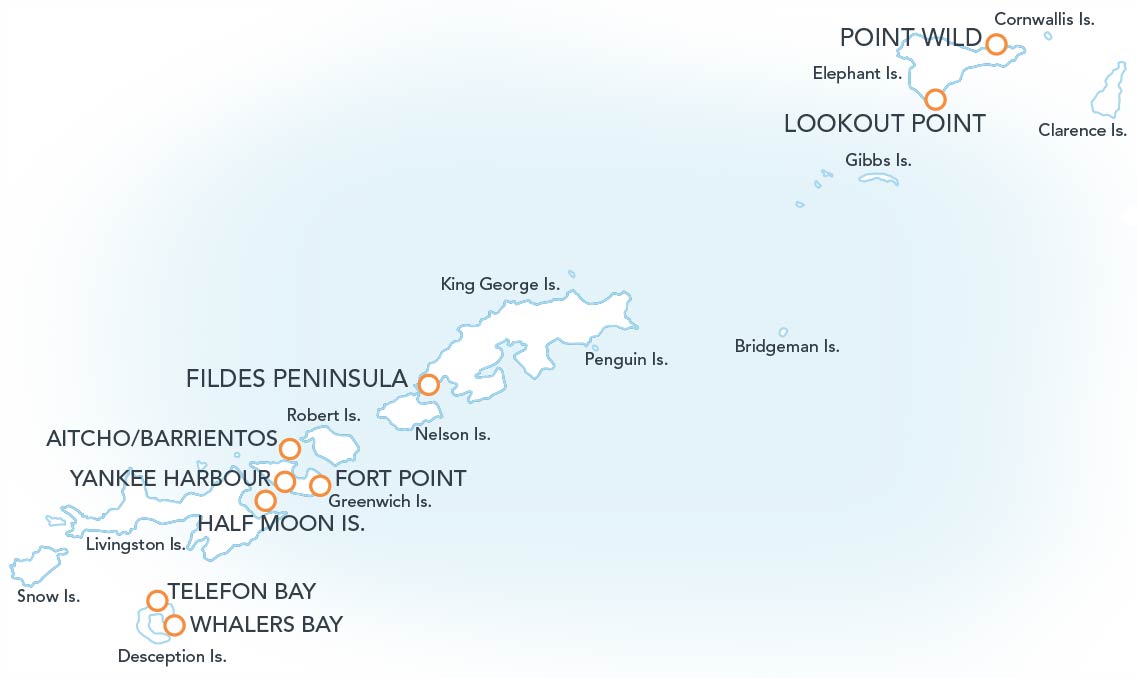
A Geography Shaped by Ice
Glaciers play a significant role in shaping the South Shetland Islands’ geography. The islands are covered in glaciers and ice sheets, particularly on the larger islands like King George Island and Livingston Island. These glaciers slowly move toward the coast, where they break off into icebergs, contributing to the ever-changing landscape. The coastlines of the South Shetland Islands are rugged and varied, ranging from steep cliffs to sheltered bays and deep fjords. Islands like Livingston and Elephant Island are known for their steep, ice-covered cliffs that plunge into the Southern Ocean. The islands are also dotted with fjords, narrow inlets of sea between cliffs, formed by the movement of glaciers.
Rugged, Volcanic, and Teeming with Wildlife
The rugged South Shetland Islands offer unique habitats for a variety of wildlife. Chinstrap Penguins, with their distinctive black line under the chin, are particularly abundant, especially on Deception Island, where they nest in massive colonies along the rocky slopes. Gentoo Penguins are another common sight, easily recognizable by their bright orange beaks and curious nature. Sites such as Aitcho hold mixed colonies of both species.
Whale sightings are common, particularly around King George Island, with humpbacks, minkes, orcas and fin whales all known to appear. Yet another major attraction of the South Shetland Islands’ wildlife are the seals. Weddell seals and crabeater seals are frequently seen resting on ice floes or along the beaches, and leopard seals roam the waters, preying on penguins and smaller seals.
As well as the seas, the skies above the South Shetland Islands are filled with seabirds, making it a paradise for birdwatchers. Sooty shearwaters, Cape petrels, and southern fulmars are common sightings, skimming the waves in search for fish and squid. The islands are also home to the brown skua, known for stealing penguin eggs and chicks or scavenging carrion. Perhaps the most striking bird you’ll see is the vast southern giant petrel, which can often be seen prowling above the islands with its massive wingspan.
With over 22 different species worldwide, and considered one of the largest living flying seabirds by its wingspan (which can be larger the size of...
Antarctica’s penguins are one of the top reasons why people desire to travel to Antarctica. On the White Continent, you will certainly see hundreds...
A trip to Antarctica is a dream for animal lovers, with its amazing array of unique creatures. Even if you're not an avid animal enthusiast, the...
What does the word 'albatross' mean to you? If you golf, you may be familiar with the term as it means you are three under par on a hole. The word...
There is no mightier bird than the Wandering Albatross, a bird surrounded by lore and impressive in their size and wingspan. Also known as the snowy...
An encounter with a Humpback Whale is always a top experience for our guests, with these impressively huge animals curiously approaching our ships...
In our travels to Antarctica, we often see seals, and one of the species we love encountering is the Weddell Seal. Located in McMurdo Sound at 77°...
Orca or ‘killer whales’ might be one of the most well-known and distinctive creatures that we encounter on our voyages to Antarctica. Identifiable...
One of the most unusual locations we visit is Deception Island, a volcanic island in the South Shetland Islands archipelago. This horseshoe-shaped...
They are elegant, beautiful and remarkable birds that fly extraordinary distances. Whether you embark on one of our journeys to the Southern or...
Antarctica's Research Presence Antarctica, without a permanent population, hosts a seasonal community of scientists and academics. They live in...
A Mild Climate – for Antarctica
Despite their proximity to the Antarctic mainland, the South Shetland Islands have a relatively mild Antarctic climate thanks to their northerly location and the moderating effects of the Southern Ocean. Summers see temperatures hover around 1°C (34°F), while winters are much colder, often dipping below -10°C (14°F). The islands are frequently buffeted by strong winds and experience high levels of precipitation, mostly as snow.
| AVERAGE HIGH | AVERAGE LOW | PRECIPITATION | |
|---|---|---|---|
| January | 36°F (2°C) | 28°F (-2°C) | 1.97 in (50 mm) |
| February | 36°F (2°C) | 27°F (-3°C) | 1.77 in (45 mm) |
| March | 34°F (1°C) | 25°F (-4°C) | 2.17 in (55 mm) |
| April | 32°F (0°C) | 19°F (-7°C) | 2.36 in (60 mm) |
| May | 28°F (-2°C) | 16°F (-9°C) | 2.76 in (70 mm) |
| June | 27°F (-3°C) | 14°F (-10°C) | 2.95 in (75 mm) |
| July | 25°F (-4°C) | 10°F (-12°C) | 3.15 in (80 mm) |
| August | 25°F (-4°C) | 12°F (-11°C) | 2.95 in (75 mm) |
| September | 27°F (-3°C) | 14°F (-10°C) | 2.76 in (70 mm) |
| October | 30°F (-1°C) | 19°F (-7°C) | 2.56 in (65 mm) |
| November | 32°F (0°C) | 23°F (-5°C) | 2.36 in (60 mm) |
| December | 34°F (1°C) | 27°F (-3°C) | 2.17 in (55 mm) |
Popular Expeditions That Include the South Shetland Islands
As the closest part of Antarctica to South America, the South Shetland Islands are visited on most voyages to the Antarctic Peninsula. Choose the voyage which is right for you, and experience the splendour of this archipelago first-hand!

